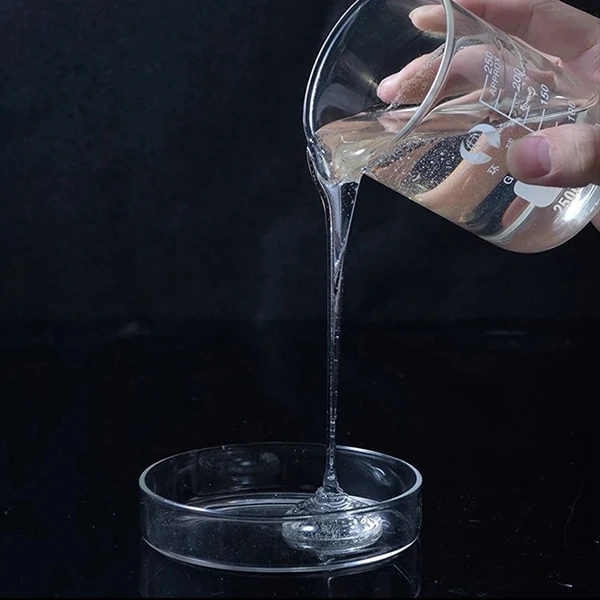The Use of Additives for Putty Enhancing Performance and Versatility
Putty has been a staple in construction and home improvement for centuries. Traditionally used for filling gaps, smoothing surfaces, and even as a glazing compound, putty has evolved significantly over the years. One area that has seen particular interest is the incorporation of additives. These additives can enhance the performance, durability, and versatility of putty, making it a more effective solution for various applications.
Understanding Putty
Putty is typically made from a mix of powdered materials, oils, and occasionally solvents, which can vary based on the intended application. The basic formulas have served well, but as manufacturing standards and consumer expectations have increased, the need for improved performance has led to the introduction of various additives. These additives are designed to enhance characteristics like adhesion, drying time, flexibility, and resistance to factors such as water and mold.
Types of Additives for Putty
1. Adhesion Promoters These additives improve the adhesion of putty to different surfaces. They are particularly useful when applying putty to substrates like metal, glass, or plastic, which can be challenging to adhere to. By modifying the surface tension and enhancing the bonding characteristics, adhesion promoters ensure that the putty remains intact even under stress.
2. Thickeners Thickeners are used to adjust the consistency of putty, allowing it to be more user-friendly during application. They can prevent the putty from sagging on vertical surfaces and can also improve the overall texture. Common thickeners include cellulose derivatives and synthetic polymers.
3. Plasticizers To enhance the flexibility of putty, plasticizers are added. They help prevent cracking and ensure that the putty can expand and contract with temperature changes. This is particularly important in applications where the putty is exposed to varying environmental conditions.
additive for putty

4. Anti-Fungal and Anti-Microbial Agents Given the potential for mold and bacteria to thrive in damp conditions, these additives are essential for ensuring the longevity of putty. They inhibit the growth of mold, mildew, and bacteria, making the product suitable for bathrooms and kitchens or in climates with high humidity.
5. Colorants and Pigments For aesthetic purposes, colorants and pigments can be added to putty to provide a desired hue. This is especially useful in decorative applications where the putty may be visible, such as in architectural moldings or repairs on historic buildings.
Benefits of Using Additives
Incorporating additives into putty formulations leads to numerous benefits. First and foremost, enhanced performance translates into longer-lasting repairs and a better finish. Improved adhesion reduces the risk of chipping away or peeling, while increased flexibility helps the product withstand environmental stressors.
Moreover, specialized formulations with additives can cater to niche markets. For example, eco-friendly putties with natural additives can appeal to environmentally conscious consumers. Similarly, quick-drying putties with advanced additives cater to professionals who prioritize efficiency without sacrificing quality.
Conclusion
The use of additives in putty formulations represents a significant advancement in the construction and DIY sectors. By enhancing adhesion, flexibility, drying time, and resistance to environmental factors, these additives transform traditional putty into a versatile and durable product. As technology and materials continue to evolve, the future of putty will likely see even more innovative solutions, making it an essential component in both professional and amateur projects. In an age where quality and performance are paramount, the strategic use of additives ensures that putty remains a trusted tool for creating seamless surfaces and professional finishes. Whether for filling cracks, sealing joints, or enhancing aesthetics, the right putty with the appropriate additives can make all the difference in achieving superior results.
-
The Application and Significance of Construction RdpNewsMay.19,2025
-
Industrial Grade HpmcNewsMay.19,2025
-
Building Coating Adhesive Building Coating Adhesive HpmcNewsMay.19,2025
-
Application Of Hpmc For Detergent For Detergent In DetergentsNewsMay.19,2025
-
Application Of Hpmc Cellulose In Cement-Based MaterialsNewsMay.19,2025
-
Application Of High Quality Hpmc For Construction In The Field Of ConstructionNewsMay.19,2025




